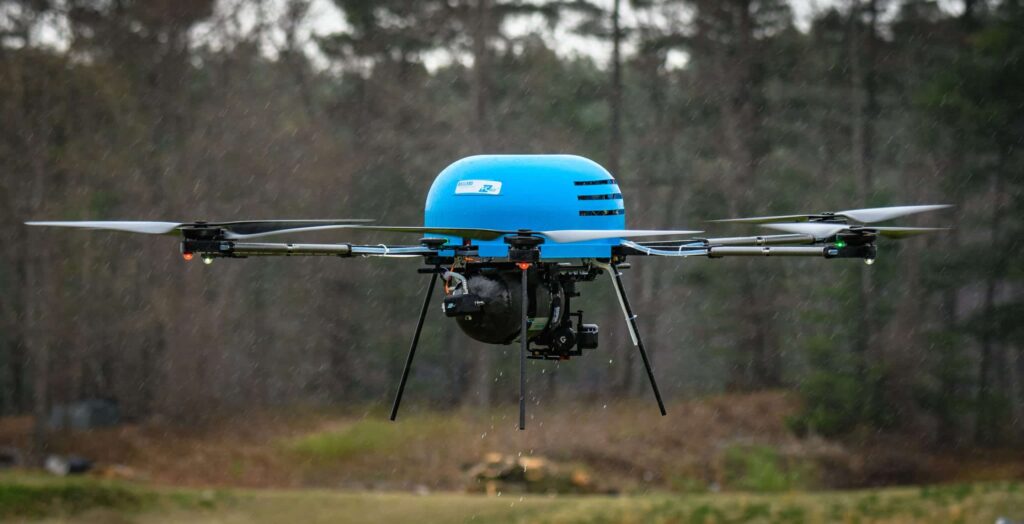
Ballard Unmanned Systems has announced the launch of the FCair fuel cell product line, a complete long-duration fuel cell power solution for commercial Unmanned Aerial Vehicles (UAVs), at the AUVSI Xponential Annual Conference and Expo 2019 being held in Chicago.
FCair includes a hydrogen fuel cell power system, hydrogen storage vessels, pressure regulators, refueling solutions and hydrogen gas supply. The product line supports commercial UAV manufacturers and operators in the delivery of fuel cell-powered UAV benefits, including: 3x the flight duration of batteries; 5x the reliability and a fraction of the noise of small internal combustion engines; and significantly reduced operational expenses.
Phil Robinson, Vice President & General Manager, Ballard Unmanned Systems said, “We have worked to focus UAV propulsion systems on high value commercial applications. This year’s AUVSI Xponential Conference marks a milestone, with our display of the first fully integrated commercial multi-rotor drone or UAV utilizing Ballard’s FCair solution, including the support components and systems that make this integration possible. We see significant long-term market opportunities for zero-emission commercial drones and, eventually, vertical takeoff and landing vehicles and autonomous flying cars.”
The Ballard product line includes FCair-600 and FCair-1200 liquid-cooled fuel cell power systems, with built-in hybrid battery control and charging, and delivering 600 and 1200 watts of power, respectively. These systems are currently in ongoing field trials, having previously been proven in harsh environments and at high altitudes. The FCair family also includes lightweight Carbon Overwrapped Pressure Vessels (COPVs), which are hydrogen fuel tanks based on recent advancements in the automotive and aerospace industries. Lightweight pressure regulators, which reduce the 6,000 psi hydrogen storage pressure to 20 psi pressure needed for a fuel cell, and which include features to assure safe and predictable operation, are also being introduced.
Dr. Jim Sisco, Ballard Unmanned Systems Technical Lead noted, “Over the past several AUVSI Xponential conferences we have presented on a range of topics, including hydrogen power and hydrogen storage technologies. As the technology and markets matured, we have engaged with hydrogen safety experts from the automotive and aerospace markets to ensure that, as an industry, we are providing systems that are not only high-performance and easy-to-use, but that are also safe from the ground up.”
Find suppliers of Fuels Cells for unmanned applications >


















